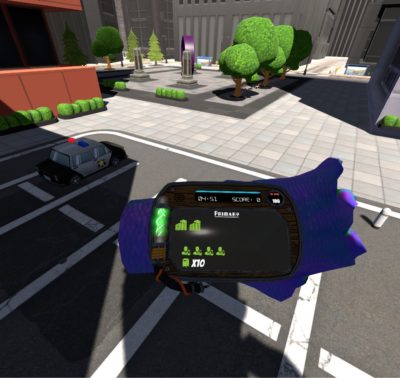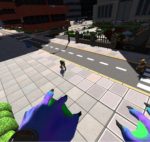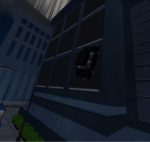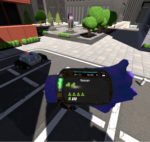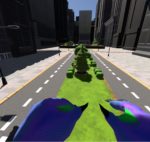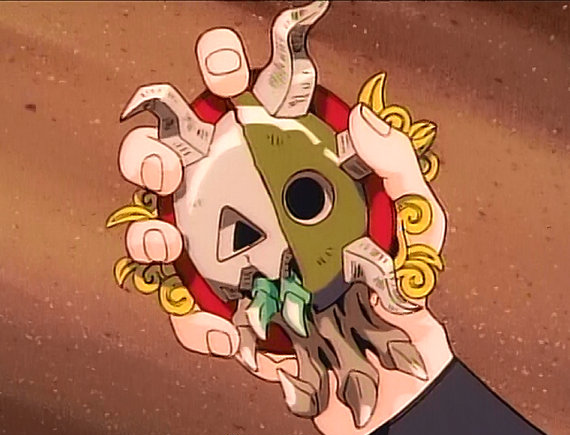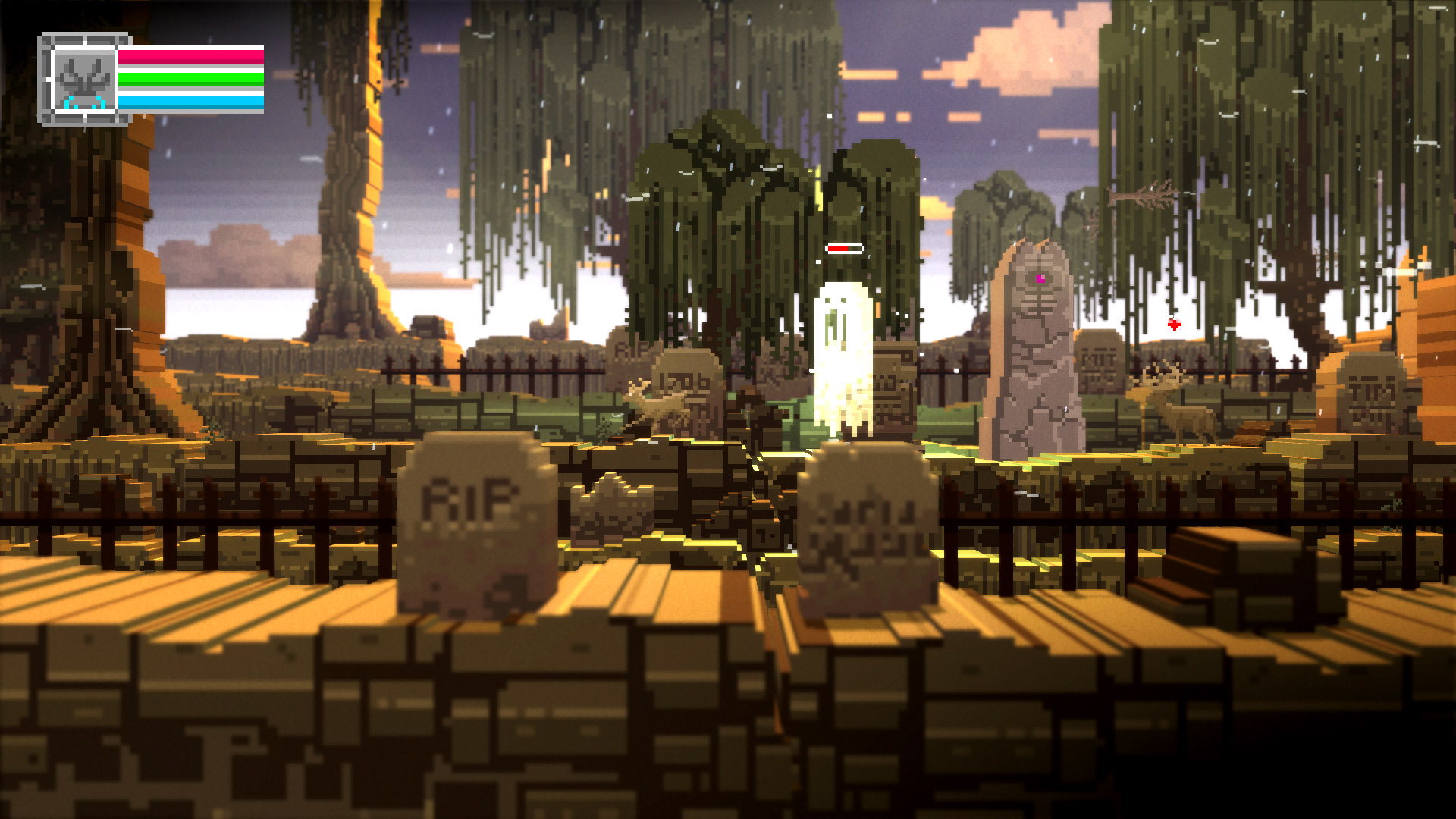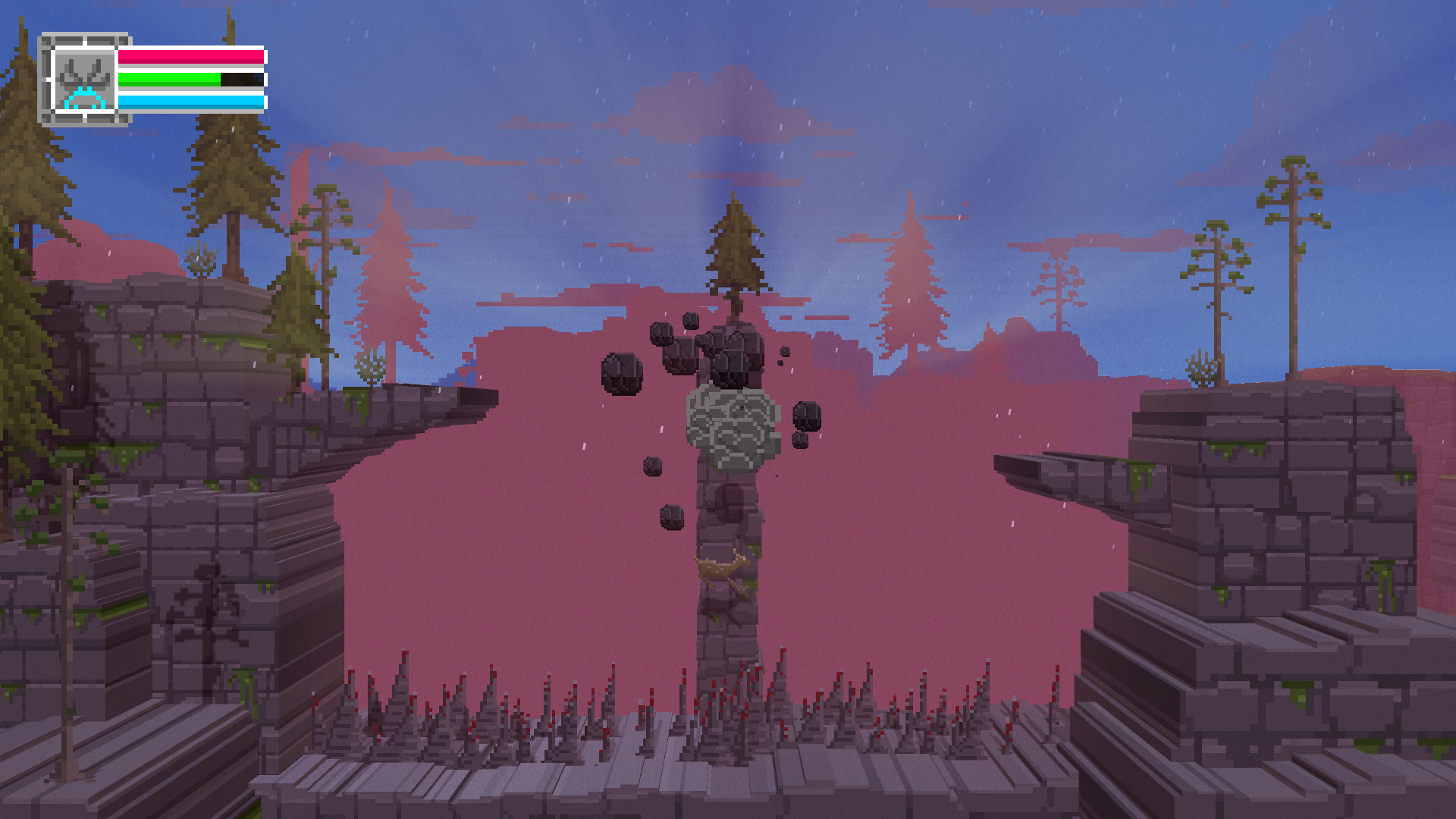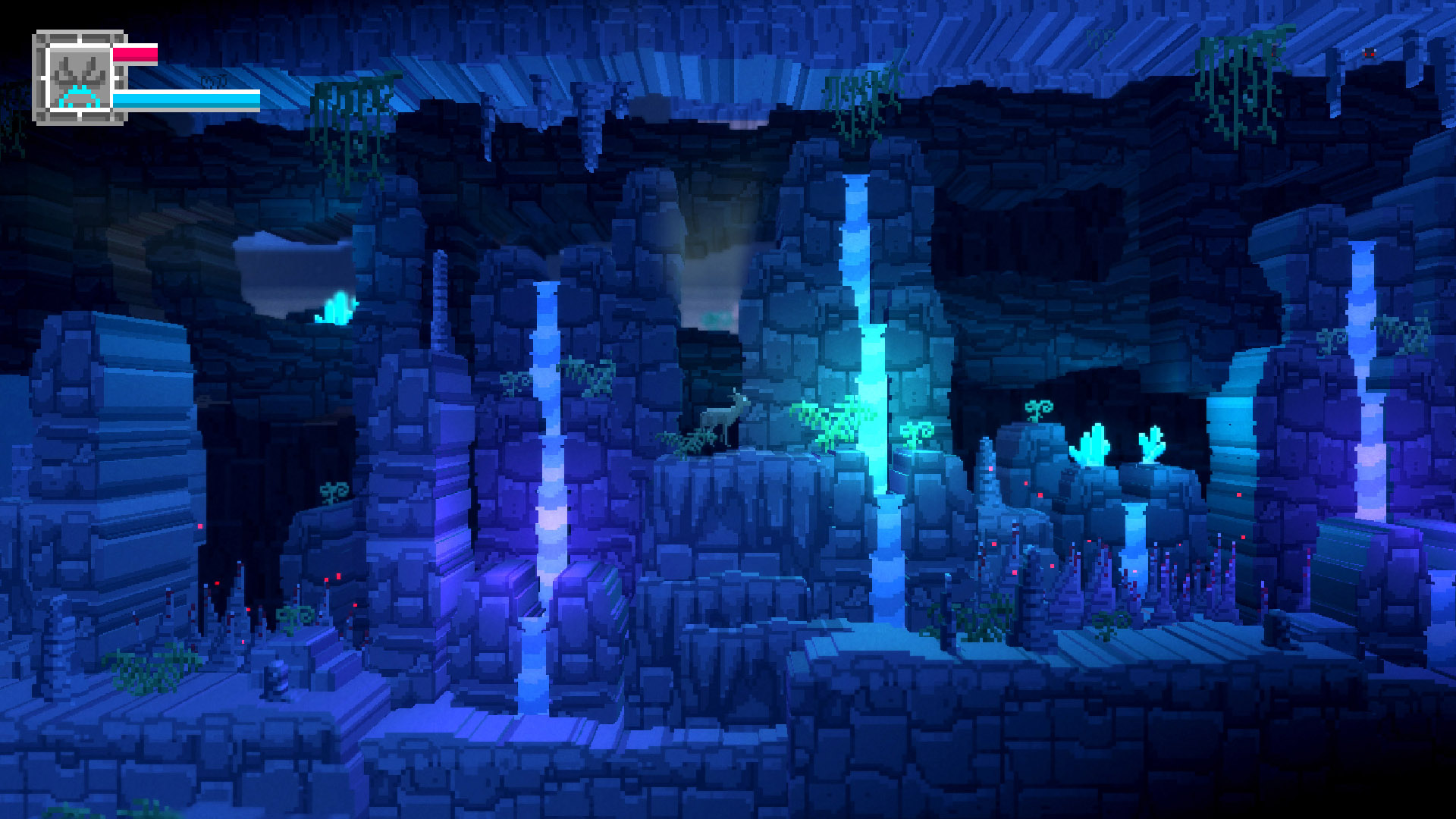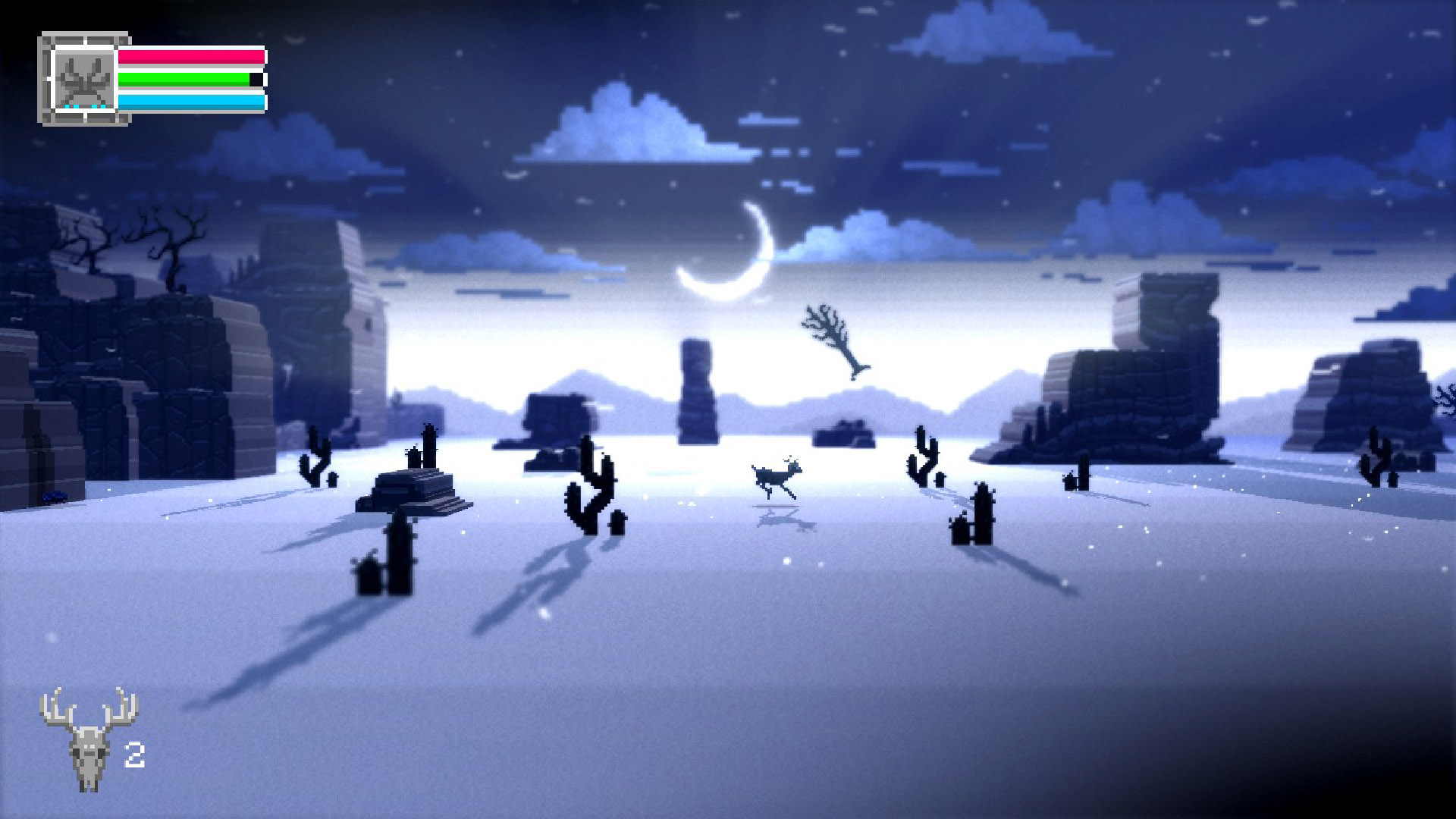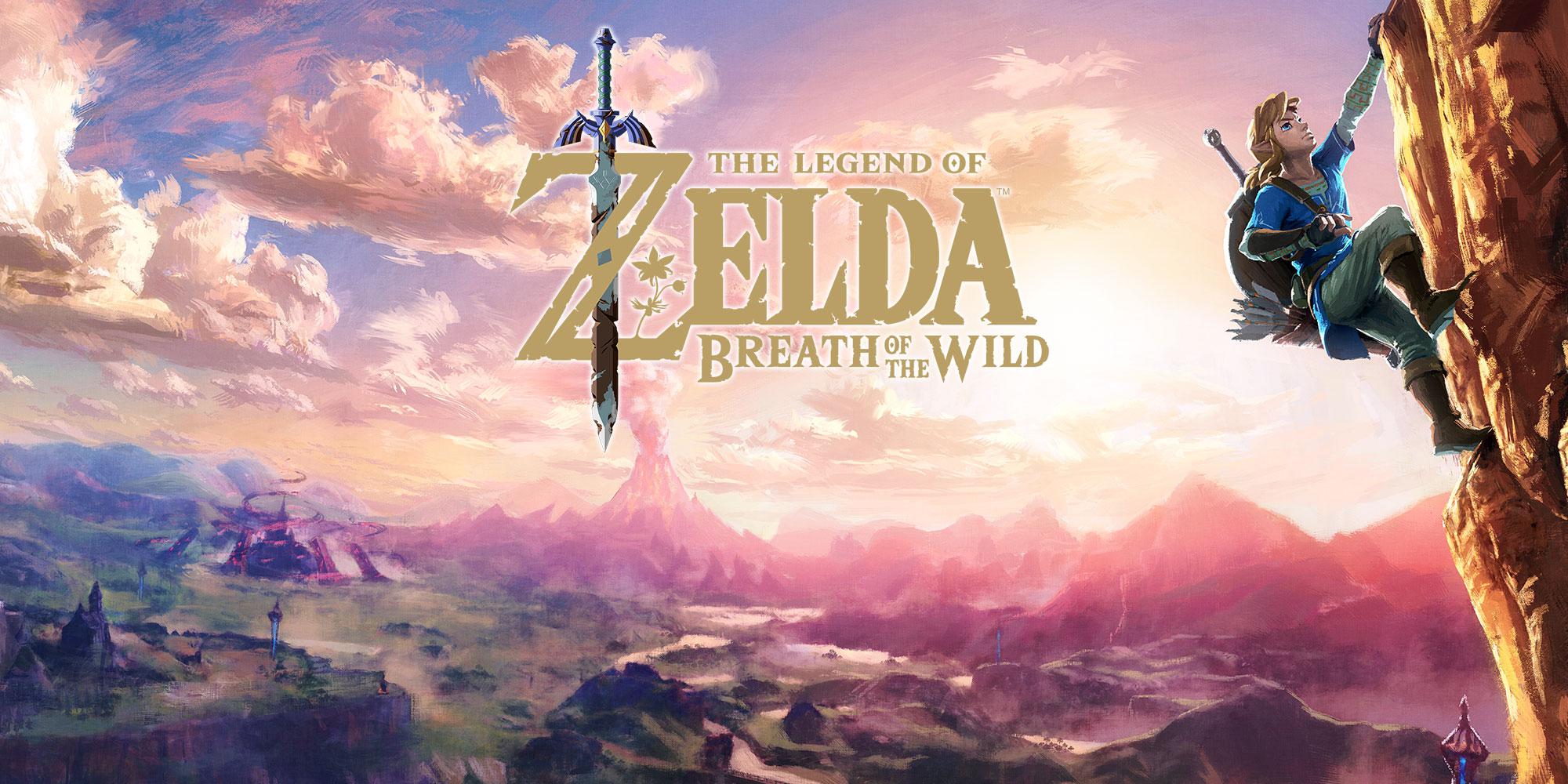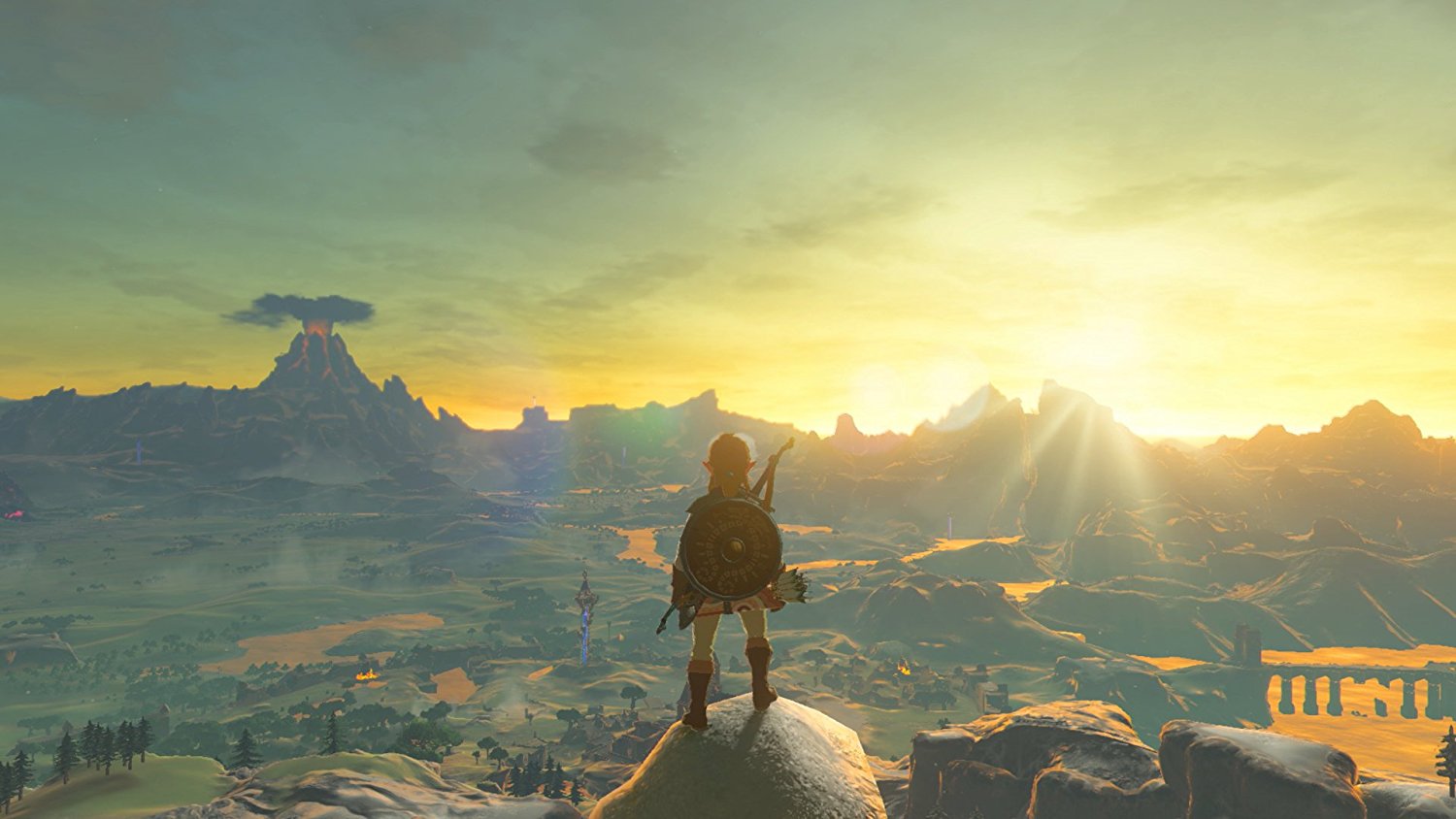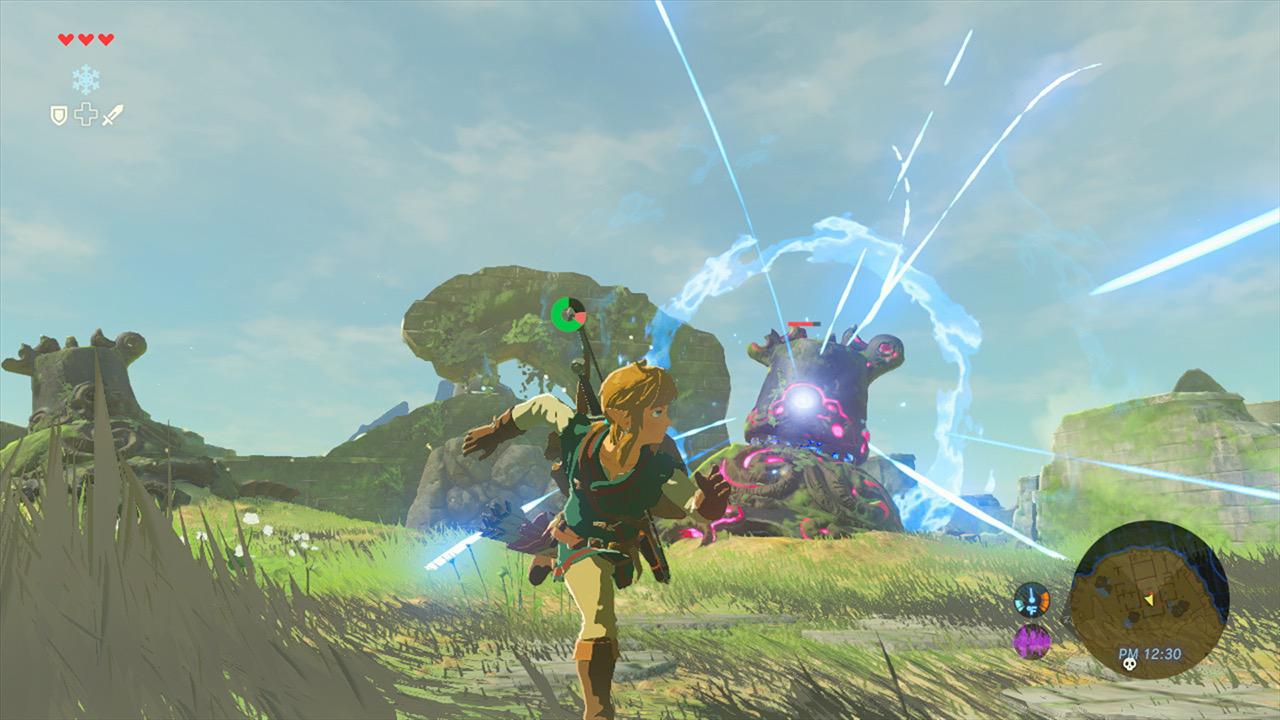Developer/Publisher: Prideful Sloth || Overall: 8.5/10
Yonder: The Cloud Catcher Chronicles is the unique exploration/crafting game from indie developer Prideful Sloth. Usually a game doesn’t make itself unique by omitting, but in this case, the fact that there is absolutely NO combat really provides for an interesting experience. Exploring, unlocking, and collecting are the main activities that you’ll be participating in, and while it is a slow burn at first, once you get into the rhythm of the game its charm will reveal itself to you.
The entire game takes place on a secluded island named Gemea. As a nameless human vacuum, you’ve come by boat to clean Gemea of its crafting materials. I call you a nameless human vacuum because you are provided no name, and also because for the first two hours you’ll be doing nothing but picking up rocks, sticks, flowers, and random shit on the ground with no idea what to do with any of it. You’ll stumble upon a couple of quests that will send you every which way across Gemea, picking up even more rocks and sticks until you realize you have about 200 of each, and then you question the meaning of life and existence. Is there a reason why Gemea doesn’t have some bureaucratic government agency to do this for them already? They obviously have some sort of problem with rocks and sticks. I guess the main threat of the game has libertarian motives.
The quests you happen to stumble upon are very simple, and the quest-givers look the same/animate the same way. You go around and complete quests for the sake of completing them, sometimes getting useful rewards, but often you’ll get nothing for your efforts. Each zone has a number of things to do, and as you complete them you’ll be notified. The main story sees you collecting Sprites, which allow you to unlock blocked off areas, covered by a magical dark mist called “Murk.” While the story set up could have been a bit more impactful and set up the island/scenario in a more elaborate way, it seems like most of this was intentionally left extremely simple and you are forced to “fill in the blanks.” There aren’t really any charming characters, and most of what you do is by happenstance and not necessarily because you wanted to. There are at least some important quests that take more effort to complete than others, but most of the unique areas associated with the main quest will only need to be visited once, it seems.
The best way to describe this game is a mix of Dark Cloud or Zelda and Stardew Valley, but removing all combat. The story sensibilities of a generic hero-type character who has come to save the island by collecting magical Sprites that only s/he can see, reminds me of an old 3D fantasy-adventure game. Exploration is a big part of this game, and you’ll constantly be finding new nooks and crannies as you accomplish goals across the island. You’ll also begin to run an assortment of farms, one in each zone, but there is very little maintenance or work that is required to be done on these farms. You aren’t planting and watering crops, but rather leaving animals in pens and picking up the materials they produce. Each animal creates different materials, so you’d want to have a variety across the farms. There is even less maintenance required once you hire a farm hand that will essentially do what you need to do on each of these farms, freeing you up for more of the regular tasks and exploration across the island.
While Yonder is a relaxing game, it is mostly about exploring, and I found myself constantly making detours to suck up all of the random shit I could. I had no idea why I needed to pick any of them up before I could actually craft with them, but I did it anyway. Until you learn how to actually craft, you will get by by taking advantage of the barter economy. It is a bit odd since all of the things you will initially be trading are just strewn about the island so freely, but that fact is reflected in the “Value” of the items you are trading. Since there is no traditional currency, you’ll just have to fill your bags with everything you don’t want and then trade for something you do want. The only purpose to trade is to craft or complete quests, at the end of the day. There are a number of traders in each of the villages and once you meet or exceed the value of what you are trading for, the deal can be completed. You’ll want to have the value of both sides be as equal as possible so you don’t lose out on materials in a bad trade.
Crafting is a large part of the game, and each profession has its own town where you’ll embark on a quest to learn a few recipes and then become a Master. Once you actually begin these Master crafter quests, you’ll be wishing you didn’t skip any resources up until this point because you’ll realize you need like another thousand more of everything. You’ll eventually start taking quests that require you to use your crafting talents to complete, but sometimes its easier to just trade for what you want than going through the motions of crafting. There are also trading posts which provide a unique material that can only be created there, so you’ll have to bring the prerequisite with you if you need them.
The island of Gemea is a sizeable area to explore. It is larger than it may seem when looking at a map but it doesn’t take very long to get across it, either. The transition between each zone is very natural and you almost can’t tell you’re in the next zone sometimes. The different biomes give enough variety while still being “realistic” in that you could expect grasslands to be next to a forest, and that a desert would be on its own secluded area away from the main island. Not that they are necessarily needed, but there are no survival mechanics such as getting tired or hungry, despite there being a day/year counter. You can run around on the island for two years straight and you don’t get tired or hungry.
As with all games nowadays, new additions are inevitable. If combat were ever introduced, it would be nice to break up the monotony of running around unfettered forever, but I understand why they didn’t include it in the game initially. It would ruin the main “threat,” which is the Murk and the underlying reason why it has spread across Gemea. While it doesn’t matter to me that generic puffy people who ask me to do inane tasks are under threat from the Murk, my real connection comes with how beautiful the island itself is, and wanting to see it preserved.
At first I was not a big fan of the art-style, but as I grew accustom to it, it is probably one of the prettiest games I’ve played recently. Every single part of the island is a joy to be in and I love being in all of the different biomes, seeing what new things I can find despite having already been there. One of the great things about Yonder is that new things can constantly be found or unlocked due to progression or simply because you didn’t stumble across the thing before. Fast-travel points are also in only-barely-convenient places and require a quest to be completed before being able to connect to the travel network at that location. So, sometimes fast travel might be more annoying than regular travel.
No loading screens past the first loading screen is also great for not breaking the immersion. Cutscenes are used sparingly, as well, but what semblance of a main story there is, often has you listening to a very large Sprite telling you where the Murk comes from and how to fix Gemea’s problem. The superb sound design really delivers in creating the right mood and feeling for each biome, with the music supplementing the ambient noise.
The only real fault of Yonder is that if you are not intent on giving it a chance, you may not find enough to motivate you to keep going; it is a very slow burn. It wasn’t until around the six hour mark where the game “clicked” for me. By the time I had begun writing this review I had put in nearly eight hours of game time; typically I’m able to formulate my opinion about a game way before that. Because there is so much to explore on the island of Gemea, there is a lot of potential game time, and I still feel like I’ve barely scratched the surface. If the game grabbed me earlier in the process with some sort of interesting character to latch onto or being forced into the main story for just a couple of quests, I would have personally had a favorable opinion a lot quicker. As is, after the introduction they instead dump you in the middle of the first zone where you can have at all of the rocks and sticks you can suck up into the singularity you call your backpack.
As previously mentioned, there’s a lot to explore and do in Yonder: The Cloud Catcher Chronicles. Give it a good few hours before making your mind up on it and you may just find one of the indie hits of the year beneath the “real-life Murk.” Being a human vacuum doesn’t really go away, but at least you’ll be using the crafting materials for something… eventually.

































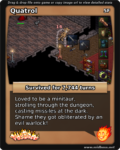


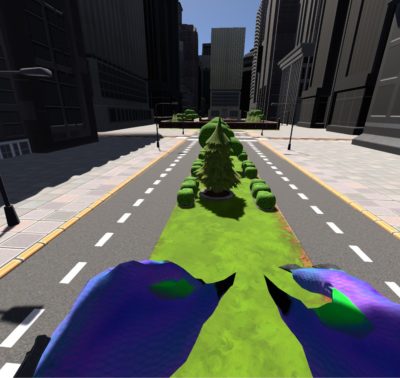 First thing’s first: the unskippable tutorial. You’re not allowed to play the main game or multiplayer without being a big boy and/or girl and playing along with the voiceover’s lesson plan, so I figured I’ll just jump through the hoop. I appear to be a big fishy monster with a big ass watch on my left arm. It’s not super clear from the narration, but from the store page description you can piece together that this annoying dude in your ear is yourself. They teach you how to walk, and then explain some basic monster techniques at your disposal: punching, grabbing, throwing, climbing and jumping.
First thing’s first: the unskippable tutorial. You’re not allowed to play the main game or multiplayer without being a big boy and/or girl and playing along with the voiceover’s lesson plan, so I figured I’ll just jump through the hoop. I appear to be a big fishy monster with a big ass watch on my left arm. It’s not super clear from the narration, but from the store page description you can piece together that this annoying dude in your ear is yourself. They teach you how to walk, and then explain some basic monster techniques at your disposal: punching, grabbing, throwing, climbing and jumping.